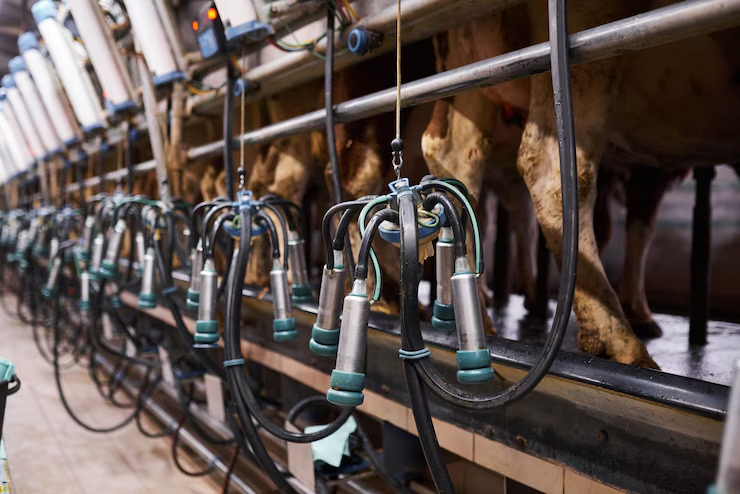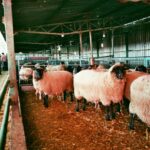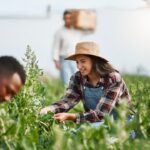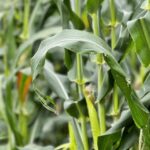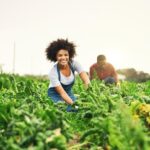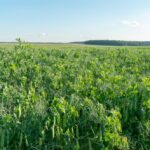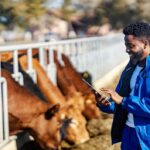The agricultural sector is undergoing a technological revolution, and the Netherlands is at the forefront of this transformation. Dutch farmers are increasingly turning to automation and robotics to cut costs, improve efficiency, and ensure sustainability. As South Africa faces similar challenges in agriculture, adopting these innovations could help farmers overcome labor shortages, reduce operational expenses, and boost productivity.
The Dutch Model: How Robots Are Changing Farming
The Netherlands is a global leader in agricultural technology, leveraging robotics to enhance various farming processes. From automated milking systems to AI-powered crop monitoring, Dutch farmers have embraced automation to stay competitive. Some of the key robotic solutions being used include:
- Milking Robots: Automated milking machines allow cows to be milked at their own pace, reducing labor costs and increasing milk yields. These systems also monitor cow health, ensuring early detection of diseases.
- Autonomous Tractors and Harvesters: GPS-guided, driverless tractors and robotic harvesters optimize planting, weeding, and harvesting, cutting fuel and labor costs while maximizing yields.
- Drone Technology: Drones equipped with sensors monitor crop health, detect pests, and assess soil conditions, enabling precision farming that reduces chemical and water waste.
- Automated Greenhouses: The Dutch use AI-driven climate control systems in greenhouses to regulate temperature, humidity, and lighting, ensuring optimal growing conditions year-round.
Why South Africa Should Follow Suit
South Africa’s agricultural sector faces several challenges, including rising labor costs, water shortages, and the need to increase food production to meet a growing population. Robotics and automation could provide practical solutions to these problems in the following ways:
- Reducing Labor Costs: The availability and cost of farm labor in South Africa are major concerns. By introducing robotic solutions like automated milking and harvesting, farmers can significantly reduce reliance on human labor.
- Increasing Productivity: Precision agriculture enabled by AI and robotics can enhance yields while using fewer resources, improving profitability for farmers.
- Addressing Climate Challenges: Water scarcity is a major issue in South Africa. Automated irrigation and drone monitoring can help farmers optimize water use and reduce waste.
- Enhancing Food Security: By improving efficiency and sustainability, automation can contribute to stable food production, reducing dependence on imports.
Challenges and Considerations
While the benefits of agricultural robotics are clear, South Africa faces certain barriers to adoption. The initial investment in these technologies can be high, making access to funding and government support crucial. Additionally, training programs will be needed to equip farmers with the skills to operate and maintain robotic systems.
The success of Dutch farmers in using robots to cut costs and boost efficiency presents a compelling model for South Africa. By embracing automation, local farmers can enhance productivity, address labor shortages, and make farming more sustainable. With the right investments and policy support, South Africa can harness agricultural robotics to secure the future of its farming industry.
Join 'Farmers Mag' WhatsApp Channel
Get the latest Farming news and tips delivered straight to your WhatsApp
CLICK HERE TO JOIN
